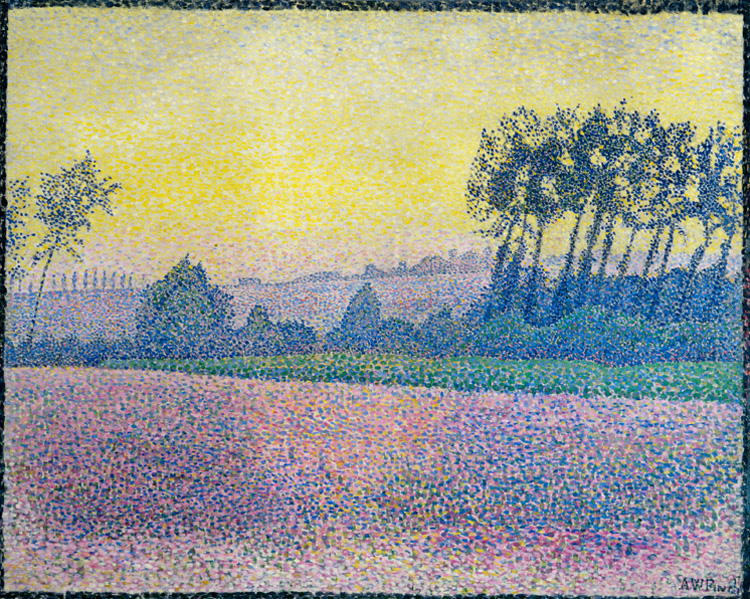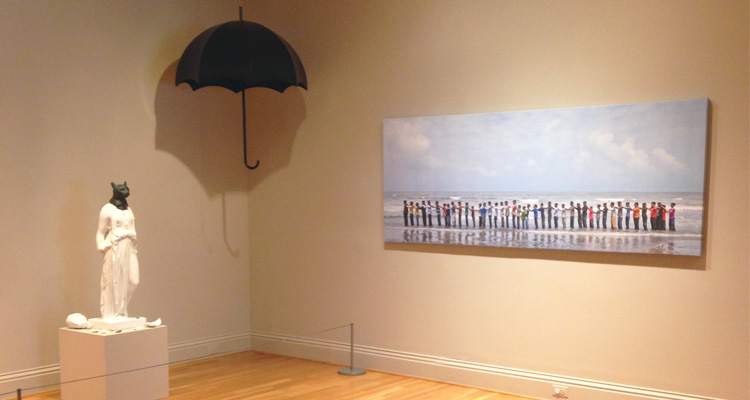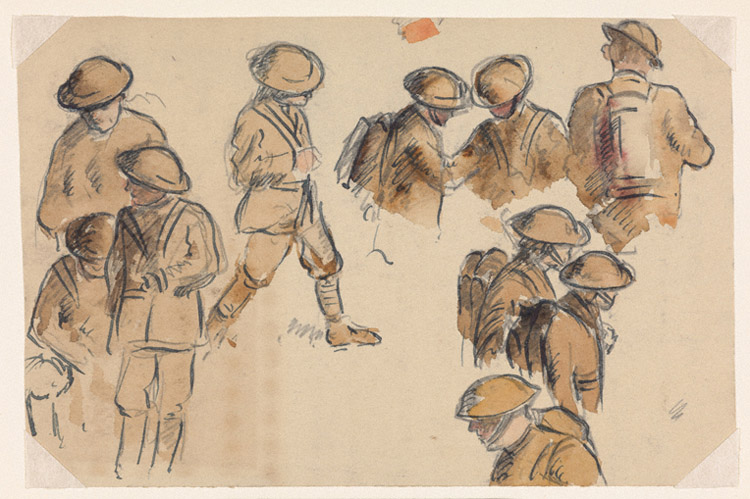In this series of guest posts, Jason Garcia Ignacio, one of CityDance’s 2014–2015 OnStage Ignite Artists, talks about artwork that inspired him for the Dance and the Dream of Realities performance at the Phillips on Nov. 20. Read Part 1 here.

Maximilien Luce, Camaret, Moonlight, and Fishing Boats, 1894. Oil on canvas, 28 1/2 x 36 1/4 in. Saint Louis Art Museum, Museum Purchase, Museum Shop Fund, and funds given by Gary Wolff, the Stephen F. Brauer and Camilla T. Brauer Charitable Trust, the Pershing Charitable Trust, the Kate Stamper Wilhite Charitable Foundation, the William Schmidt Charitable Foundation, the John R. Goodall Charitable Trust, Nooter Corporation, Eleanor C. Johnson, Mrs. Winifred Garber, Hunter Engineering, the Joseph H. & Elizabeth E. Bascom Charitable Foundation, the Stephen M. Boyd Fund, Robert Brookings Smith, Irma Haeseler Bequest, BSI Constructors Inc., Mr. and Mrs. Thomas Latzer, Samuel C. Davis Jr., Dr. and Mrs. William H. Danforth, Mr. and Mrs. George Conant, Mr. and Mrs. Michael Cramer, Dr. and Mrs. David M. Kipnis, Mr. and Mrs. John O’Connell, Edith B. Schiele, and donors to the Art Enrichment Fund, 29:1998
Maximilien Luce, Camaret, Moonlight, and Fishing Boats (1894)
The strong, sharp edges of the boats contrasted by the calm, steady water feels like a metaphor for how humanity faces adversity—boldly and head on. Of course all of us face some adversity, but the women in my life truly stand out as they meet their daily struggles with strength and humility. I dedicate this piece to them.

Alfred William Finch, Landscape, Sunset, c. 1890. Oil on canvas, 21 1/4 x 26 3/8 in. Turku Art Museum, Finland, Nils Dahlström Collection
Alfred William Finch, Landscape, Sunset (c. 1890)
The rhythm of the complementary colors depicts the love affair between the landscape and the setting sun. It seemed only natural to create a pas de deux.
Jason Garcia Ignacio, one of CityDance’s 2014–2015 OnStage Ignite Artists


